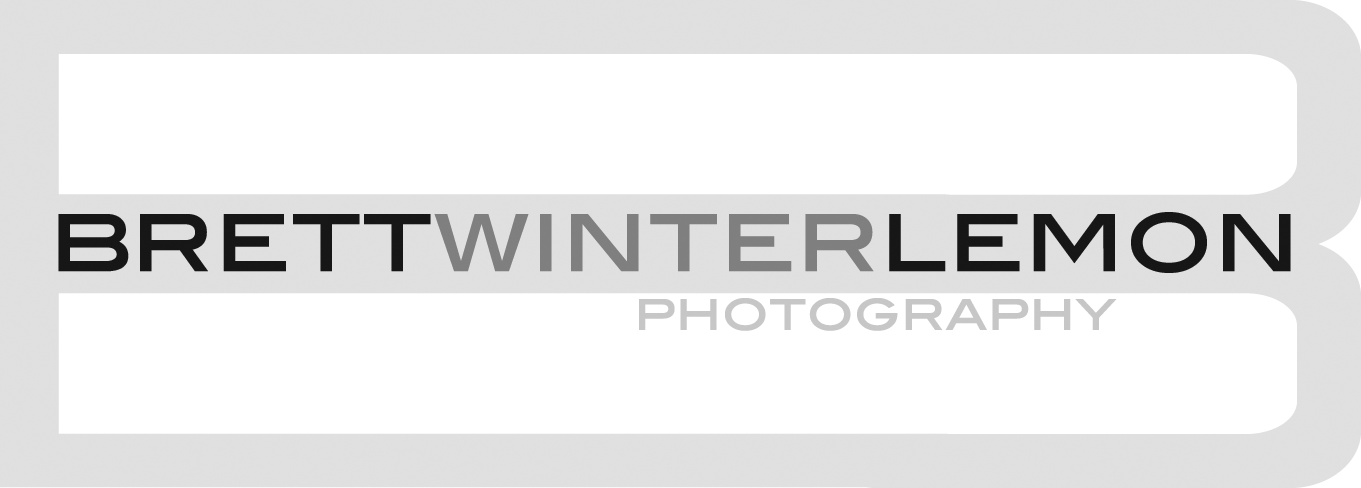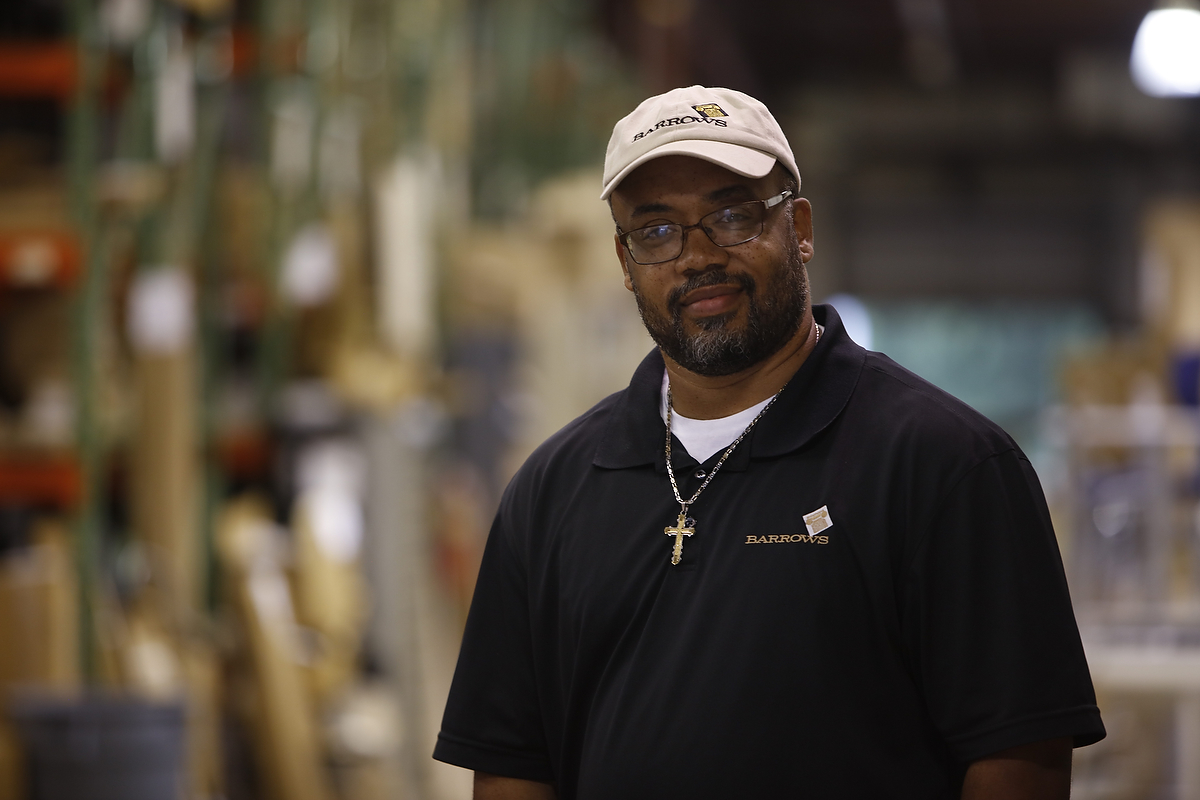Editing Bad Photographs
When taking photos, you will almost always end up with a few images you aren’t happy with. Some of the time, these photos will be insignificant and you won’t feel the need to edit these images. Other times however, these poorly taken photos will have some significance and you may want to restore these images. Maybe the images caught a special moment but weren’t exposed properly, or have an undesirable color cast. Before throwing the images away, consider editing to fix the problem. While editing bad images does not promise great quality, there are a few steps you can take to improve the state of your images.
Fixing Exposure
No one likes overexposed or underexposed images and the wrong exposure can ruin an otherwise perfect image. Fixing the exposure is not always easy, but there are some steps to take to change the image. If your photo is so overexposed that the detail in the white areas is lost, then you will have a hard time restoring the correct detail. However, adjust the lighting or use the Shadows/Highlights image adjustments to help with less drastic images. This also works with underexposed photos. Remember that this doesn’t always work, especially if the image is very significantly overexposed or underexposed. Also, keep in mind that if you are adjusting the exposure for the main subject of your photo, your background will most likely become overexposed or underexposed. Of course, your main subject is more important, but keep in mind that you may darken or wash out other areas of your image.
Fixing Color Cast
Often when we shoot in low lighting or different types of lights, the color cast on our images will change. The camera can be set to adjust for different lights, but sometimes we are still left with the wrong color cast. Adjust your temperature and tints in Photoshop and adjust your white balance to properly set your image’s color cast. Some photographers will utilize hand painting to change the color of their photos, but that can also be a very extensive project. If your image simply can’t be fixed, convert your image to Black and White. The grayscale mode will preserve your image without dealing with the color.

Fixing Blurry Photos
When a photo is blurry, it usually means your camera focused on the wrong section of the image, your shutter speed was too slow, or you moved while the image was being taken. While there are a few tips to try to improve the quality of your image, it is pretty impossible to bring an out of focus image into sharp focus. In an editing software such as Photoshop, there are sharpening filters which you can use to create an illusion of focus that can really improve the look of your image. Or you can use a sharpening tool to target particular spots of your image. Using these tools can help you draw out important areas of your image without over pixelating your entire image. If nothing works to improve your photo, consider reducing the image size. While this is not always ideal, printing a smaller version of your image will cause the blurriness to be less noticeable.
More Advanced Editing
For photographers experienced with Photoshop, there are other ways to touch up a photo. These more powerful tools can be very helpful if you know how to use them well. I know several photographers who will go to the extent of cloning faces in family portraits if one of the family members was blinking or making a facial expression. Photoshop is capable of this and much more, however, keep in mind that there is only so much editing that is doable. While cloning every face in an image is possible, make sure you are asking yourself how much the picture is worth to you or your client before going through so much effort. If possible, reshooting a photo shoot can be more effective at getting the results you want than spending hours editing images.
Before trashing your bad images, try to use Photoshop to touch them up a little. Remember that editing will not completely fix a bad photo, but sometimes a little editing can go a long way!


